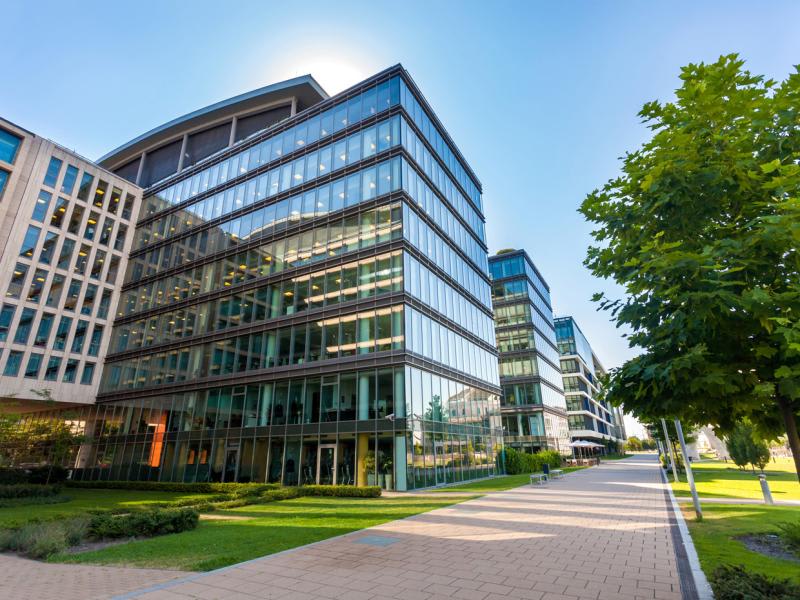The Technology and Innovation team at RSM share practical GST insights from within the developing Australian Space Industry.
Goods and services tax (GST) in Space - is the supply of new and developing technology taxable?
The GST aspects of providing supplies of all new and developing technology to non-resident clients can be tricky. If the agreement is not set out correctly, it could result in GST of 10% is charged on the supply, which may result in the non-resident client being unable to get any GST credits for the business.
Case in point
Our client is the owner of an antenna in regional Australia. The supply by them to the non-resident is a supply of data communication paths between the owner and the satellite. They have service agreement contracts with their non-resident parent which set the conditions for procuring clients with satellite passes from their antenna.
The client’s personnel ensure that the antenna is maintained in good operational order to comply with the satellite technical requirements. The cost of this supply is based on the hourly rate for the successful usage of the antenna.
They lease access to the Australian antenna, but the actual work related to operating it is done remotely by the parent entity outside Australia.
The ATO ruled that the GST status of the lease of the Antenna to non-residents was a taxable supply.
They also stated that the supply of the antenna in Australia is a supply of goods for GST purposes and, as the GST status of a supply of goods is dependent on the location of the goods when the supply is made, the supply was subject to GST.
How did RSM help?
In working with them, we lodged several objections before we were ultimately successful in getting the supply treated as GST-free.
Our position was that the supply by an Australian resident entity to a non-resident of bandwidth on its antenna located in Australia was a GST-free supply. It was based on the following application of the GST legislation.
We argued that the supply by the Australian resident entity to the non-resident was a supply of data communication paths between the owner and the satellite. Thereby it is a “telecommunications supply”.
Section 85-10 of the GST Act defines a “telecommunication supply” as:
“A supply relating to the transmission, emission or reception of signals, writing, images, sounds or information of any kind by wire, radio, optical or other electromagnetic systems. It includes:
- (a) the related transfer or assignment of the right to use capacity for such transmission, emission, or reception; and
- (b) provision of access to global information networks.”
Once we established with the ATO that the supply was a “telecommunication supply” (which took some time, despite the apparent obvious application to our circumstances), we had to establish that the supply was GST-free as an export.
Broadly speaking, supplies of interconnection services made by an Australian resident telecommunication supplier to a non-resident are GST-free under item 2 in the table in subsection 38-190(1) (item 2) of the GST Act if the non-resident is not in Australia when the thing supplied is done, and:
- the supply is neither a supply of work physically performed on goods situated in Australia when the work is done nor a supply directly connected with real property situated in Australia; or
- the non-resident acquires the thing in carrying on the non-resident's enterprise but is not registered or required to be registered.
 It was our position, ultimately successful, that the supply of an interconnection service satisfies paragraph 38-190(3)(a) where the interconnection service is supplied under an agreement entered into by an Australian resident telecommunication supplier with a non-resident entity.
It was our position, ultimately successful, that the supply of an interconnection service satisfies paragraph 38-190(3)(a) where the interconnection service is supplied under an agreement entered into by an Australian resident telecommunication supplier with a non-resident entity.
Lessons and key outtakes
While the agreement worked well on a commercial basis for customers around the world, it needed to be quite specific about the nature of the services to satisfy the ATO.
It was obvious to the client and their customers what was being supplied, but the ATO struggled in coming to terms with the agreement and the technology. To them, it was in the first instance simply the lease of access to an antenna situated in regional Australia.
Proper consideration of Australian GST aspects from the beginning can alleviate potential GST problems in the future. This holds true for the supply of all new and developing technology.
How can RSM help you and the Space Industry?
The Space industry is an emerging sector in which we at RSM maintain a key interest and experience. In addition to our strong innovation and technology focus, we are constantly developing insights and solutions in the defence and space sectors.
Please contact your local RSM office if you have synergies or interest in discussing these sectors further.




